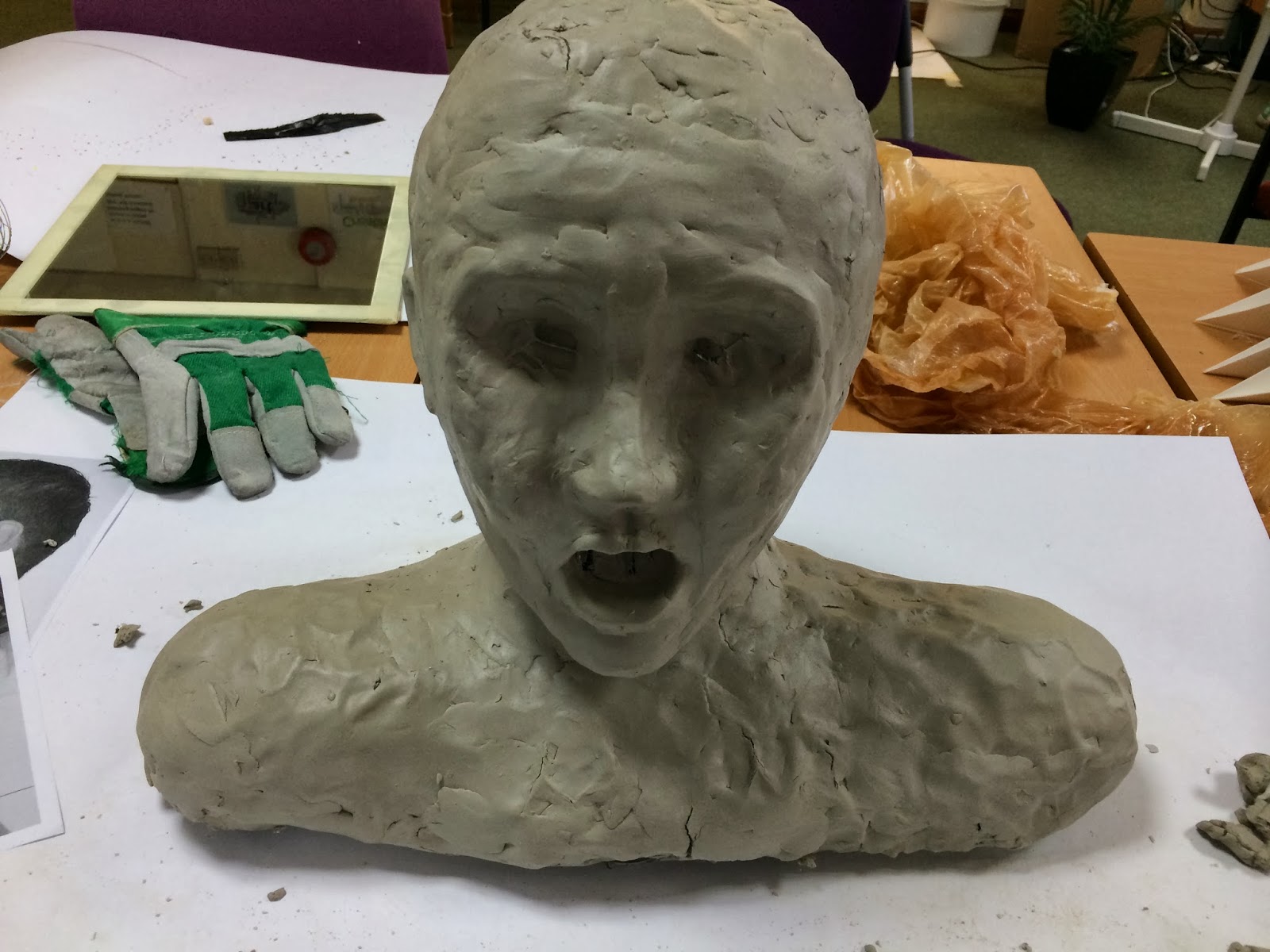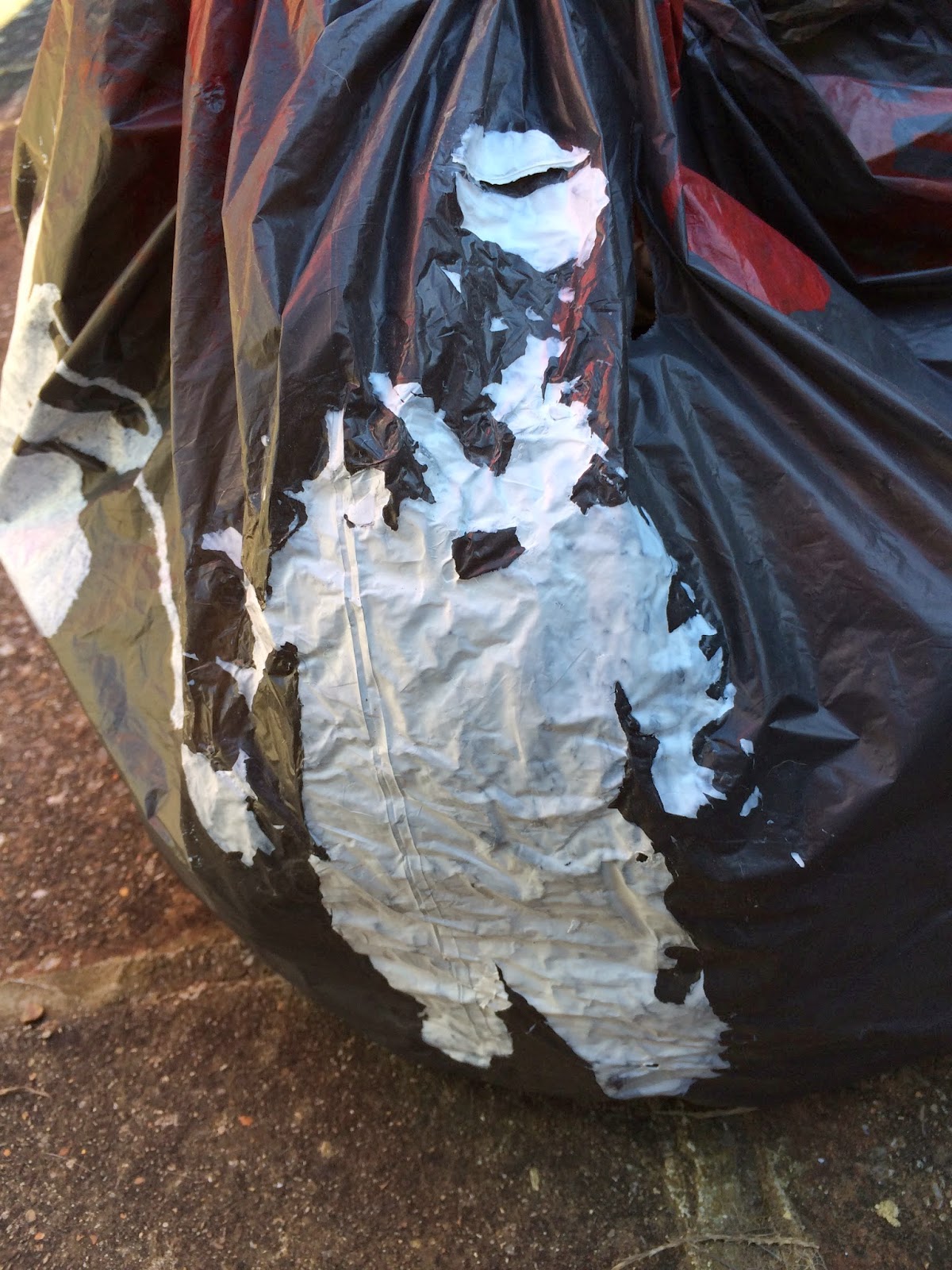'Chishtee's trash bag creations resemble a mix of a Giacometti sculpture, a form from Body Worlds and, perhaps, a mythical swamp creature. Ranging from playful to haunting, Chishtee's plastic bag army make us excited to recycle, reuse and renew.'
“Collector,” black and white trash bags
“The Unbearable Lightness of Being,”
“We live in the age of
plastic, and plastic bags are the most ordinary form of this material.
It goes back to the Sufi approach of my upbringing where worth does not depend
on what you inherit, it depends on who you are. Anything made out of bronze,
wood, stone or painted on a canvas carries the appearance of being worth
looking at, because of its history, but if one can change the impact of that
history, one is an artist."
Chishtee, a Pakistani artist, takes an overlooked and unwanted material (the plastic shopping bag) and creates sinister, expressive, life sized human figure sculptures that illustrate feelings of sorrow, dejection and victimhood. Some of these figures are quite life like whilst others appear very vague or supernatural, with angels wings or altered limbs.
I particularly like the rough torn up edges of the bags, which add a sense of fragility to the forms, magnifying their captivating beauty. An aspect that I feel adds to this beauty is the flowing forms of the sculptures, which create a dynamic fluid scene before our eyes (particularly in 'the unbearable lightness of being') which provokes me to compare the form to a ballet dancer.
I feel that the use of plastic bags in this work, supported by the quote above and my research (found in my research folder) could make a statement on how we recycle our personalities. Chishtee mentions how worth depends on who you are, suggesting he believes we should all be ourselves and be good people to be worth something, not following the crowd and copying everyone else. A plastic bag is a mass produced product, and so maybe he is suggesting that us humans are becoming mass produced, we have become merely plastic copies of other people, losing our own unique features and identities. This metaphor on life makes the piece all the more engaging.
Chishtee regards a plastic bag in the same way that Mark James and Joshua Allen Harris do. They all consider this material overlooked and unwanted, and so strive to explore what the material can do and make use of the emotions it can provoke.
Another aspect of Chishtees work that appeals to me is the sense of sadness the pieces can instill on the viewers. The shredded withering figures appear to have given up hope, as if they're struggling through life.
This is an effect that I would like to try and create by making a model of a flood victim. I will explore how I can use plastic bags and perhaps other relevant overlooked and unwanted materials to create a serious yet enigmatic aesthetic that portrays the sorrow and victimhood of these people.
















































